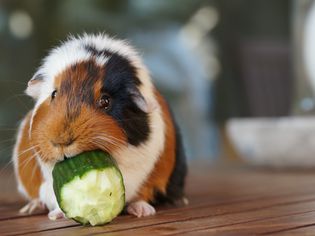
House Training an Adult Dog: 5 Tips for Success
Welcoming an adult dog into your home can be incredibly rewarding—but if they’re not h...
Your pet’s skin and coat are visible indicators of overall health. Dull fur or flaky skin often signals nutritional gaps or underlying issues. Follow these veterinarian-endorsed protocols for transformative results.
Omega Power: Incorporate EPA/DHA fatty acids (300mg EPA per 10lbs body weight daily). Sources: wild-caught fish oil or algae supplements.
Protein Priority: Ensure >25% high-quality animal protein (chicken, salmon) in kibble. Check AAFCO certification.
Biotin Boost: Add egg yolks (1/4 yolk twice weekly for cats, 1/2 for medium dogs) – natural biotin enhances keratin production.
Frequency Formula: Wash dogs every 4-6 weeks, cats only when necessary. Over-bathing strips protective sebum.
pH-Aligned Products: Use pet-specific shampoos (pH 6.5-7.5). Human shampoos (pH 5.5) cause irritation.
Conditioning Chemistry: Leave-in conditioners with ceramides repair cuticle damage. Apply to damp fur post-bath.
Brush Selection Guide:
Short-haired breeds: Rubber curry brush
Double coats: Undercoat rake + slicker brush
Long hair: Pin brush + detangling spray
Brushing Protocol: 2-3x weekly minimum. Distribute natural oils evenly by brushing in coat-growth direction.
UV Protection: Apply pet-safe sunscreen (zinc-free) to short-coated animals during peak sun exposure.
Hydration Enhancement: Install humidifiers in dry climates to prevent skin cracking (maintain 40-60% humidity).
Allergen Mitigation: Wipe paws with hypoallergenic wipes after walks to remove pollen/irritants.
Skin Fold Checks: Examine wrinkles weekly for redness/odor (common in bulldogs, shar-peis). Clean with chlorhexidine wipes.
Parasite Patrol: Use monthly isoxazoline-class preventatives (consult vet for breed-specific recommendations).
Emergency Indicators: Seek immediate vet care for:
Sudden hair loss patches
Crusting lesions
Persistent scratching (>3 days)
Persistent dandruff, foul odor, or coat thinning warrant veterinary dermatology consults. Diagnostic tests may include:
Trichograms (hair shaft analysis)
Skin scrapings for demodex mites
Allergy panels (serum IgE or intradermal testing)
Pro Tip: Track coat improvements with monthly photos under consistent lighting. Notice enhanced shine within 8 weeks of implementing nutritional changes.
Final Wisdom: “A radiant coat starts beneath the skin. What you feed internally manifests externally,” emphasizes Dr. Eleanor Vance, DACVD. Invest in premium nutrition before expensive topical treatments.
Have you noticed seasonal changes in your pet’s coat? Share your observations below!

Welcoming an adult dog into your home can be incredibly rewarding—but if they’re not h...

Hyperthyroidism affects up to 10% of senior cats, leading to weight loss, increased appeti...

Let’s face it — the smell of a used litter box can overpower even the cleanest home. A...

How to Bathe Your Dog at Home Without Stress: A Step-by-Step GuideBathing your dog shouldn...

Protecting Your Dog from Parasites: Worms, Fleas, and TicksYour dog’s health and comfort...

Recognizing and Treating Dog Anxiety Symptoms EffectivelyUnderstanding Canine AnxietyDog a...

Why Crate Training MattersCrate training leverages a dog’s natural denning instinct to c...

Some pets are as slow as sloths so it can be difficult to tell if they are alive. Snails ...

A sick guinea pig may show several signs depending on the type of illness present. While ...
Comments on "How to Care for Your Pet’s Skin and Coat: Essential Tips for Shiny, Healthy Fur" :